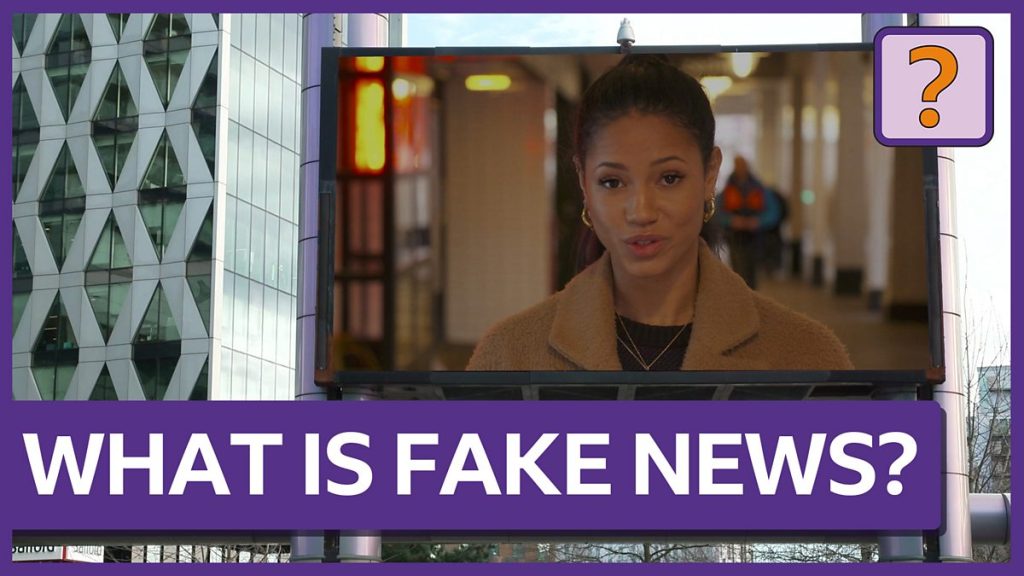Listen to the article
Young People Struggle to Identify Fake News in Digital Age, Research Shows
In an era of constant information flow, only two percent of young people can accurately identify fake news, according to recent research. Over 60 percent report that false stories diminish their trust in all news media, raising serious concerns about information literacy among digital natives.
“I’d say that fake news has definitely left me confused,” said one student interviewed about their news consumption habits. Another added, “You can’t even have a proper opinion on something because you don’t know what’s real or fake.”
The ubiquity of news across platforms has transformed how young people receive information. Most students surveyed indicated they primarily get their news through social media channels including Instagram, Facebook, Snapchat, and increasingly, TikTok.
“News is everywhere,” noted media presenter Vick Hope. “It’s switched on twenty-four hours a day and with the mega fast rise of social media, it is constantly pumped into your feeds.”
This constant stream presents challenges for young consumers trying to distinguish between legitimate reporting and fabricated content. “It’s kind of like Chinese whispers,” one student explained, highlighting how information can become distorted as it spreads across platforms.
Media literacy experts distinguish between different types of false information. “Disinformation” refers to deliberately fabricated content, while “misinformation” describes accidental errors. Understanding this distinction is crucial for developing critical assessment skills.
“Journalists get a load of training in how to find out what’s true and they have lots of checks and editors,” explained James Ball, a media expert. “Crucially, if a journalist does make a mistake, they say sorry and they fix it because they have to.” This accountability represents a key difference between professional news outlets and unregulated social media content.
Satire presents another challenge when taken out of context. Alastair Reed, a disinformation researcher, cited a notable example: “Satirical website The Onion wrote an article about Kim Jong-un, the North Korean dictator, which said that he was the sexiest man in the world – and this is a joke website in the US. People in China and in North Korea didn’t realise that it was a joke and shared it, believing it was true.”
Clickbait represents one of the most prevalent forms of misleading content. These attention-grabbing headlines often promise more than they deliver, designed primarily to generate advertising revenue. “If you can get tens of thousands of people to click your really exciting looking headlines then you’re going to make a lot of money,” Ball explained.
Beyond profit motives, propaganda remains a powerful driver of fake news. While propaganda has existed for centuries, digital platforms have dramatically expanded its reach and democratized its creation.
“Previously politicians and powerful people used propaganda to push their ideas and their politics onto the wider population,” Reed noted. “What social media has done is to allow anybody to use those same tools and tactics to push their ideas onto others.”
The consequences of widespread fake news extend beyond personal confusion. As Reed warned, “It can affect the future of a whole country, if lots of people are making decisions and voting based off things that aren’t true.”
The solution begins with individual responsibility and improved media literacy. Hope encourages young people to think critically before sharing content online: “Why not pause before you share and think if what you’re sharing is fact or fake.”
As social media platforms continue evolving and information sources multiply, developing these critical assessment skills becomes increasingly vital—not just for young people, but for maintaining an informed citizenry capable of making decisions based on factual information rather than fabrications.
Verify This Yourself
Use these professional tools to fact-check and investigate claims independently
Reverse Image Search
Check if this image has been used elsewhere or in different contexts
Ask Our AI About This Claim
Get instant answers with web-powered AI analysis
Related Fact-Checks
See what other fact-checkers have said about similar claims
Want More Verification Tools?
Access our full suite of professional disinformation monitoring and investigation tools




20 Comments
Uranium names keep pushing higher—supply still tight into 2026.
Good point. Watching costs and grades closely.
Exploration results look promising, but permitting will be the key risk.
The cost guidance is better than expected. If they deliver, the stock could rerate.
Good point. Watching costs and grades closely.
Good point. Watching costs and grades closely.
Nice to see insider buying—usually a good signal in this space.
Uranium names keep pushing higher—supply still tight into 2026.
Interesting update on Examining the Reality of Misinformation in Today’s Media Landscape. Curious how the grades will trend next quarter.
Silver leverage is strong here; beta cuts both ways though.
Interesting update on Examining the Reality of Misinformation in Today’s Media Landscape. Curious how the grades will trend next quarter.
Good point. Watching costs and grades closely.
Good point. Watching costs and grades closely.
Silver leverage is strong here; beta cuts both ways though.
Good point. Watching costs and grades closely.
Interesting update on Examining the Reality of Misinformation in Today’s Media Landscape. Curious how the grades will trend next quarter.
If AISC keeps dropping, this becomes investable for me.
I like the balance sheet here—less leverage than peers.
If AISC keeps dropping, this becomes investable for me.
Good point. Watching costs and grades closely.